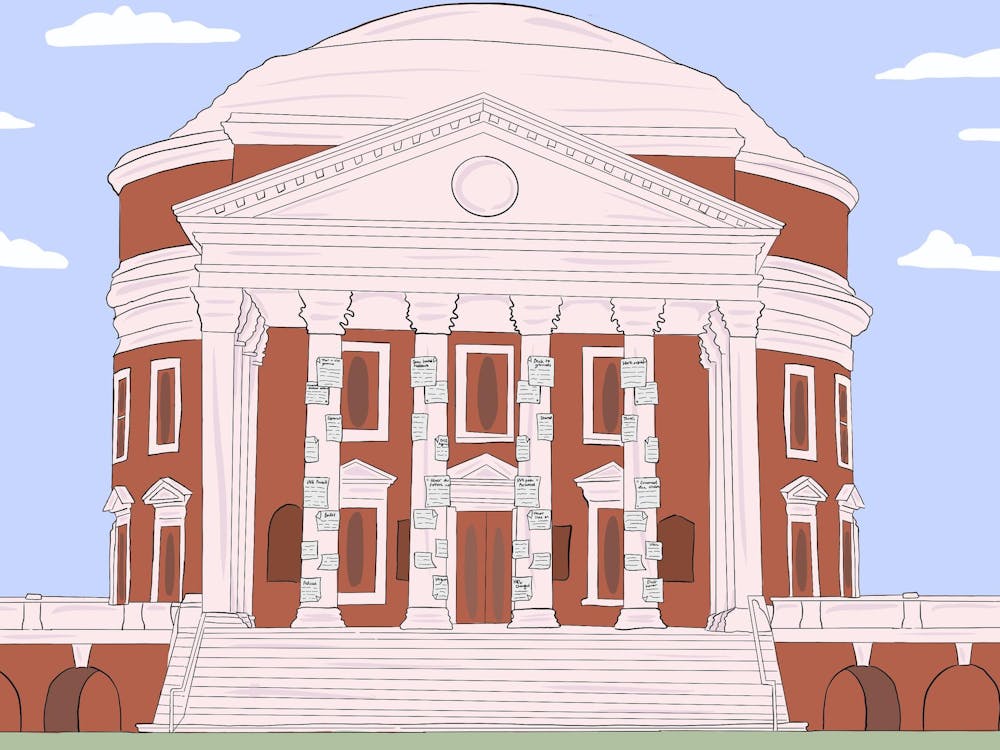A REPORTER for The Cavalier Daily asked me to write an opinion piece for their pro and con presentation on the subject of early decision in colleges and universities. My response was that I could not write on just one side of the issue, but that I would express my feelings about the strengths and weaknesses of the program and its effects on students and institutions. As most of us would agree, there are few perfect things in life, and that goes for early decision. It does have, however, some redeeming qualities, and I will lay them out in this paper.
For the students who have challenged themselves with rigorous courses in secondary school, have excelled in their work and also have done early planning for college by visiting and sizing up this institution with others, early decision may make good sense. If the student is certain that the University of Virginia is where she or he wishes to enroll, then getting an answer from the University in the late fall is a good thing for the University and the student. It was developed for students who are obvious admits no matter when they apply. We know from one year to the next the kind of academic preparation it takes to gain admission in regular decision and in early decision, and our goal is to use the same guidelines and standards in both programs.
For the institutional benefit, early decision permits the admission staff to spread out the reading and evaluation process over the fall and winter. Early decision applications are read in November, and although some of them are deferred and read again in regular decision, many of them are settled in November.
Enrollment planning is enhanced by early decision. By having a portion of the class filled before we begin reading regular decision applications, it permits us to be quite precise on the number of first-year students we enroll each year. This past fall, our goal for the first-year class was 2,985 and we came within two students of that goal. You have probably read of other universities which overshot their goal this year by 300 to 400 freshmen. In many of those instances, it was in institutions which do not have early decision programs.
The most significant negative impact of early decision is the lack of diversity we see in the early decision applicant pool as compared to the regular decision pool. At issue here is our concern over financial aid, and although the University gives an early financial aid statement to early decision students, many students and parents want to wait until April so they can compare aid awards from several colleges and universities. Our outreach staff makes a great effort to get disadvantaged and underrepresented students to apply for early decision, but the numbers applying remain rather small.
The percentage of next year's first-year class which will be filled by early decision candidates is 32 percent, and the people we accepted in early decision this year are very well qualified and will add to the quality of the class. My sense, however, is that this cohort is about as large as it should be. Although some of the Ivies are admitting about half of their freshman classes under their early programs, it would be inappropriate for the University to approach that level of early admission.
(John A. Blackburn is the dean of admissions.)






